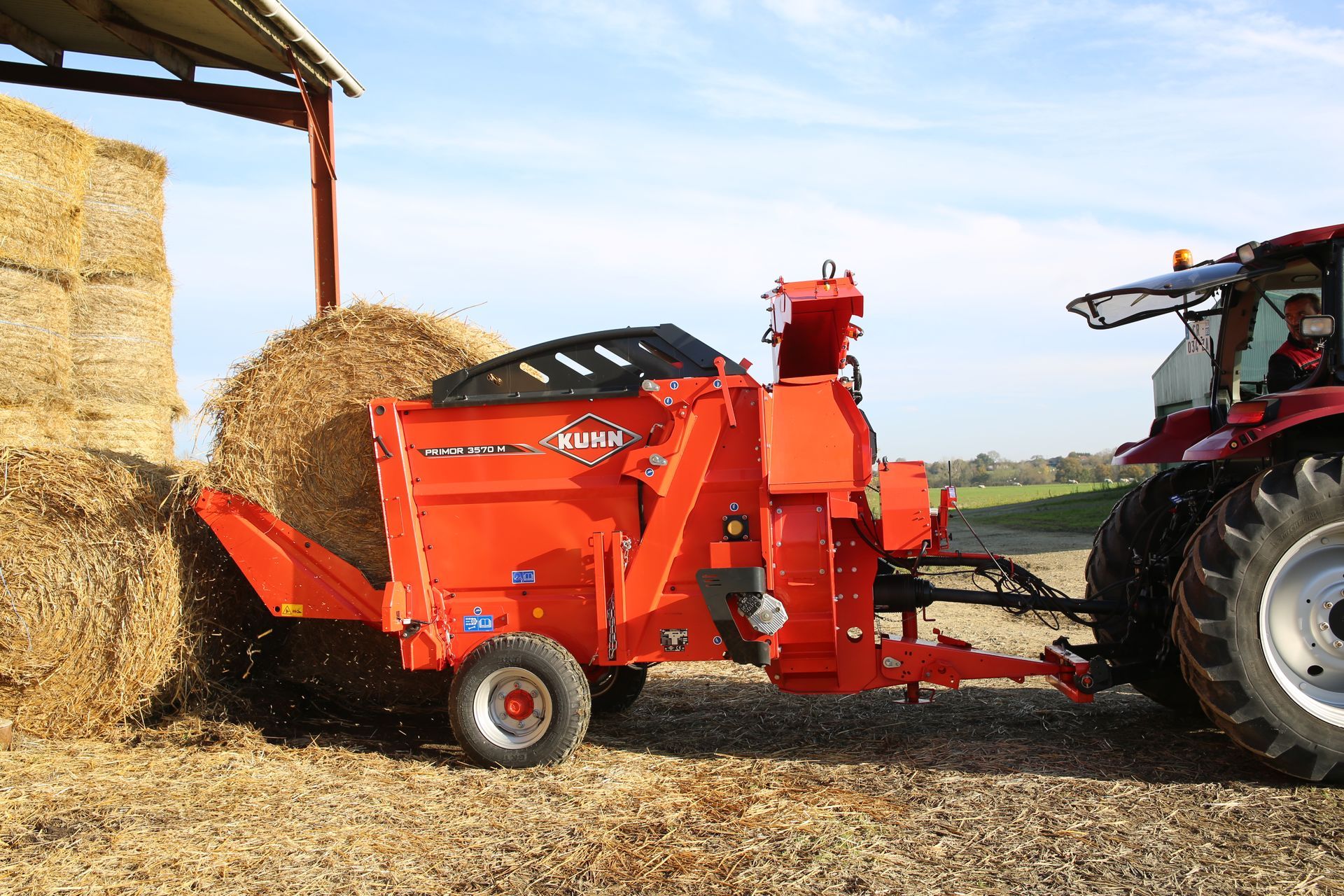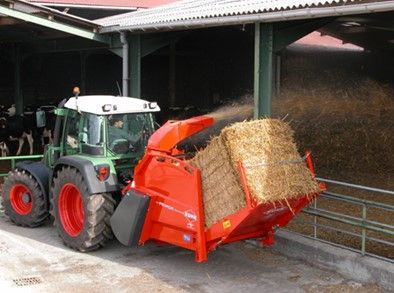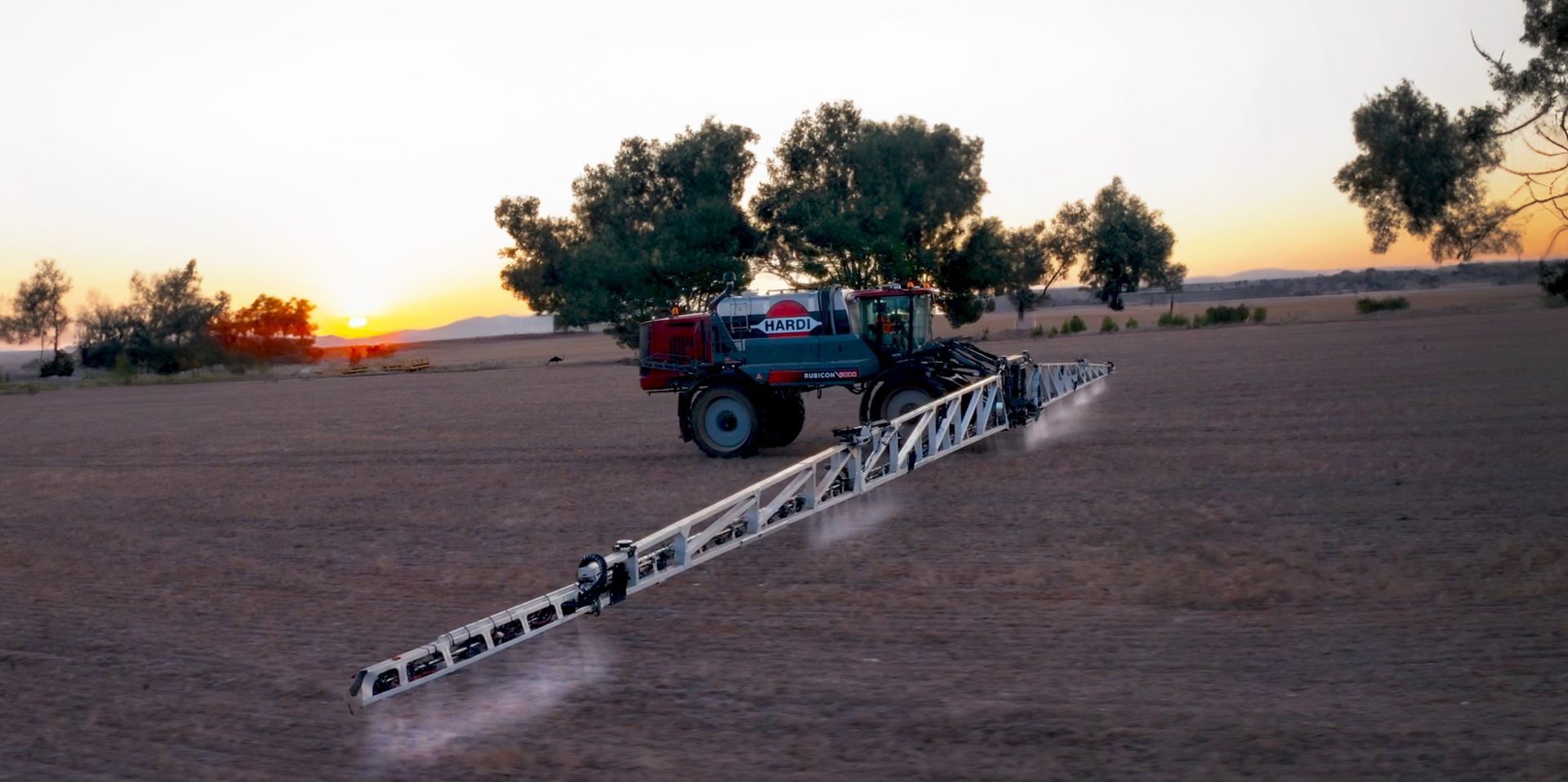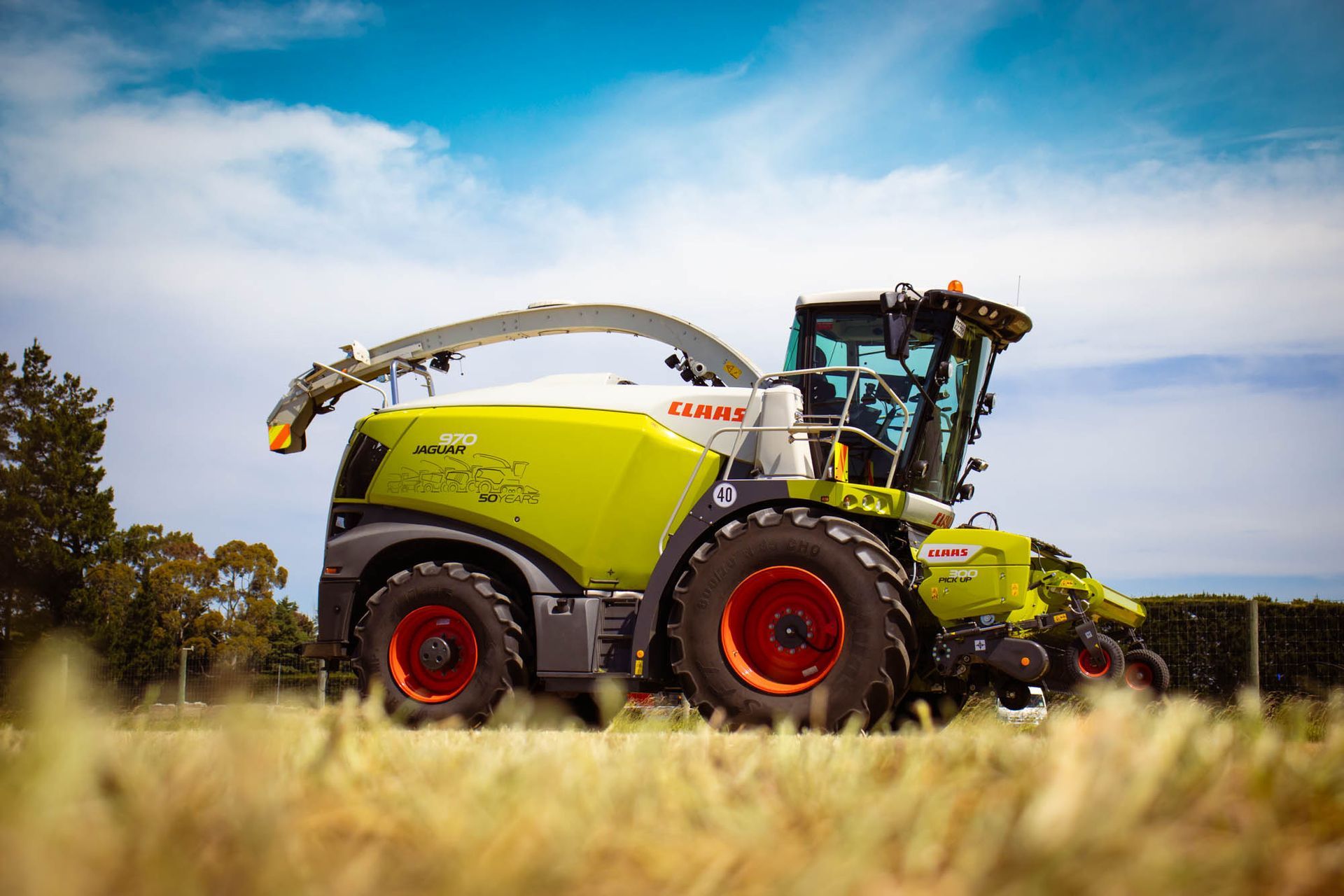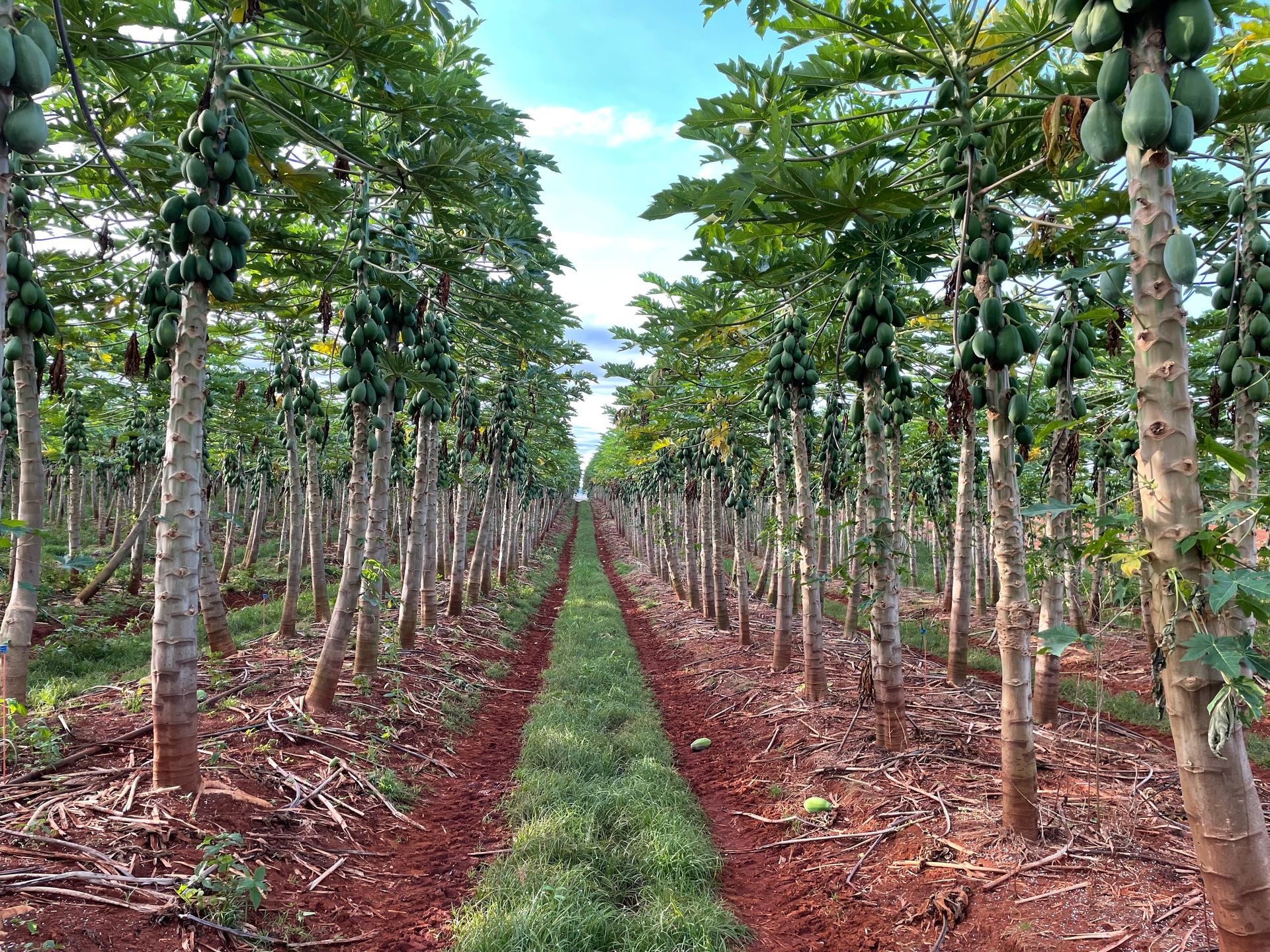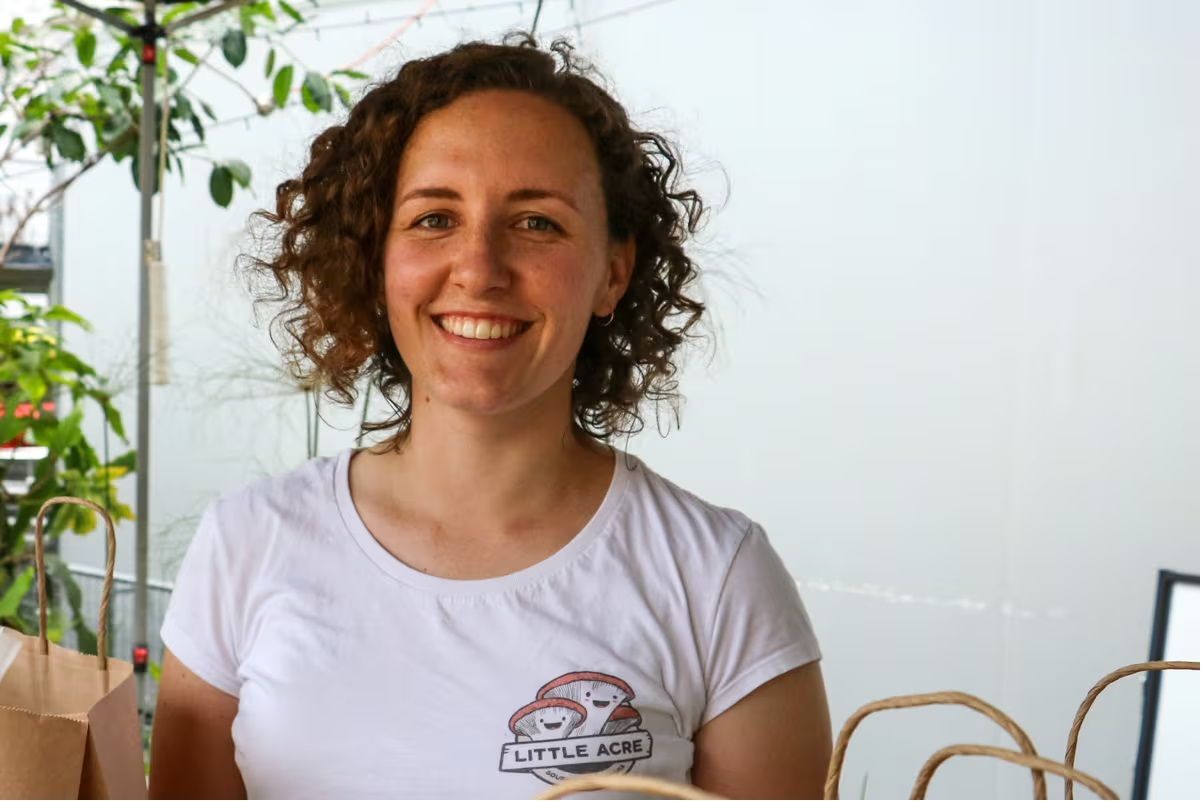Be more efficient with KUHN's new Strawblower
Since purchasing the KUHN Primor 5570M straw blower, mulching has become a much easier job for viticulturist Steve Schiller.
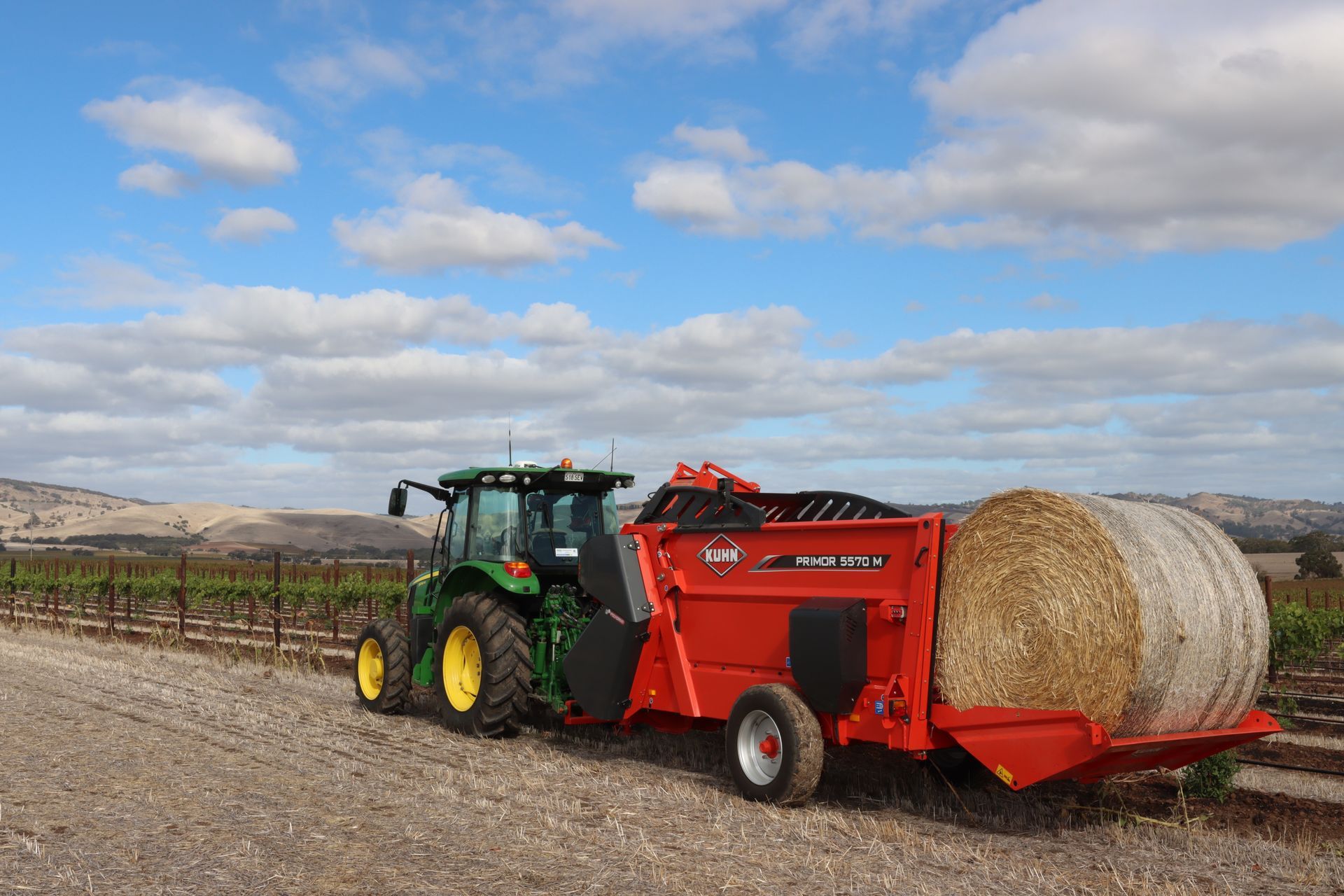
Steve Schiller’s family have been growing grapes in the famous Barossa Valley, an hour north of Adelaide, for five generations. For the past 25 years they have been using straw to mulch their vineyard and the results are obvious. “You scratch under the straw and there’s a lot more worm activity. The soil health has certainly improved over the years,” Steve says.
The vineyard covers 60 hectares, growing Shiraz, Cabernet, Matera, and Malbec grapes. “The six wineries that buy my grapes,” Steve says, “are really happy to see me using straw to improve soil health throughout the years, especially the dry ones.” The area only gets about 500 millilitres of rainfall each year, mainly in winter and spring, but very little in summer when the vines are growing. The crop is irrigated with supplementary water, but mulching has saved a lot of money. “By putting straw on, we’re certainly saving a fair bit of water use,” says Steve.
Having chosen to use straw to mulch, Steve says they used a basic bale-unroller, which involved going along with a pitchfork after application and manually breaking up the lumps. But since purchasing the Primor 5570M straw blower from KUHN, the task has become much more efficient. “I can carry three, 5 foot by 4 foot bales with one bale covering 130 metres,” Steve says.
Tom De Greenlaw is KUHN Australia’s specialist mixer and an expert on the Primor machines. He says the Primor 5570M can hold up to three round bales or one large square bale; however, in Australia, KUHN sell an additional range of capacities: 2 cubic metres trailed; 3.5 cubic metres trailed; 4.2 cubic metres trailed; and 15 cubic metres trailed (which can hold up to 3 large round bales or four large square bales).
The Primor 5570M machine can run off a 90 horsepower tractor and is equipped with a wide-angle PTO shaft, allowing easier turning at the end of rows.
The Primor 5570M has the capability to use other products, such as hay, silage, sawdust, wood shavings, rice hulls, wood pellet shavings, and wood chips (as long as these are less than 4 centimetres long). It can also be used to apply bark (as long as it is dry, to prevent clogging the turbine).
The Primor 5570M is run from an electric control box in the tractor cab, and using the joy-stick the operator can easily direct the 300 degree swivel chute which allows the straw to be blown 18 metres to the right and 13 metres to the left while travelling in the same direction. And the turbine has enough force to allow application even in windy conditions with minimal drift.
“An hydraulic control beam helps direct the bale into the rotor so you get a more consistent flow,” Tom says. “The hydraulic slide then allows the product to fall at a 45 degree angle, just outside the tyre and onto the bottom of the vine.” The Unroll System (used only for round bales) picks up the second bale which allows the first bale to spin when it’s going through the rotor to get a more consistent feed into the turbine.
KUHN’s unique, patented, POLYDRIVE system is belt-driven to enable the turbine to be engaged and disengaged using an hydraulic clutch, so the flow of product can be adjusted if necessary. The rotor is equipped with 48 knives to allow the product to be chopped more evenly, and also having five regulating plates that control the flow of straw going into the turbine.
The tailgate has an additional control panel at the rear of the machine which makes for easier and safer loading, and the non-slip footboard protects the operator from falling while cutting bales or performing maintenance.
The Primor 5570M comes with different options such as the CLEANSTRAW system, which consists of a water container mounted on the side of the machine that blows a fine mist onto the straw as it comes out of the chute, minimising dust. This is particularly useful when blowing straw into-shed for bedding. There is also a weighing system that can be added to assist with costing of products.
And while most manufacturers rely on dealer technicians, KUHN is unique in that they have their own technicians available to solve any problems if the dealer technicians can’t.
“I’ve put about 1500 bales through the Primor straw-blower with fairly minimal wear,” Steve Schiller says. “It’s a really well-built machine.”
Website: http://www.kuhn.com.au
Email: marketing.au@kuhn.com
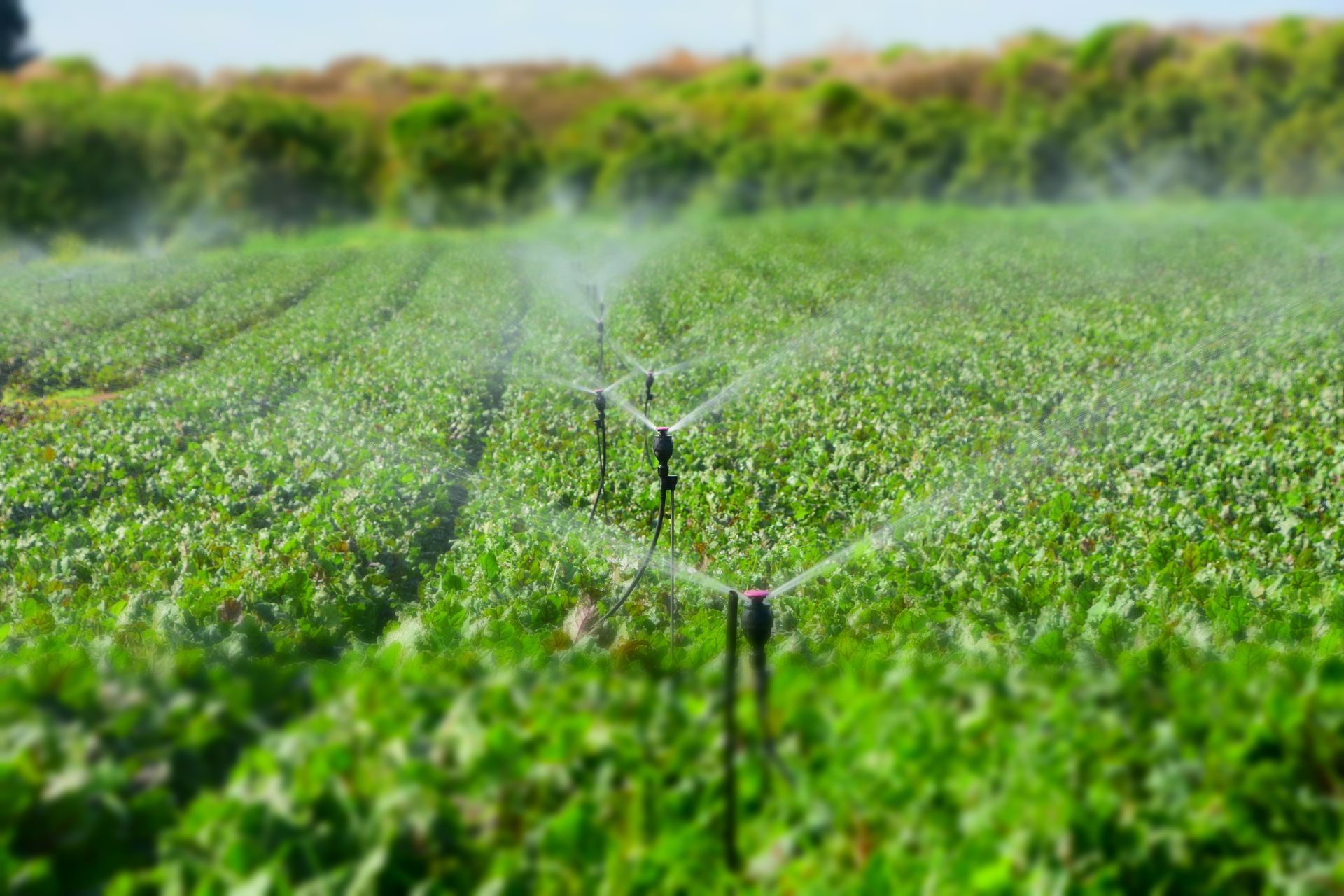
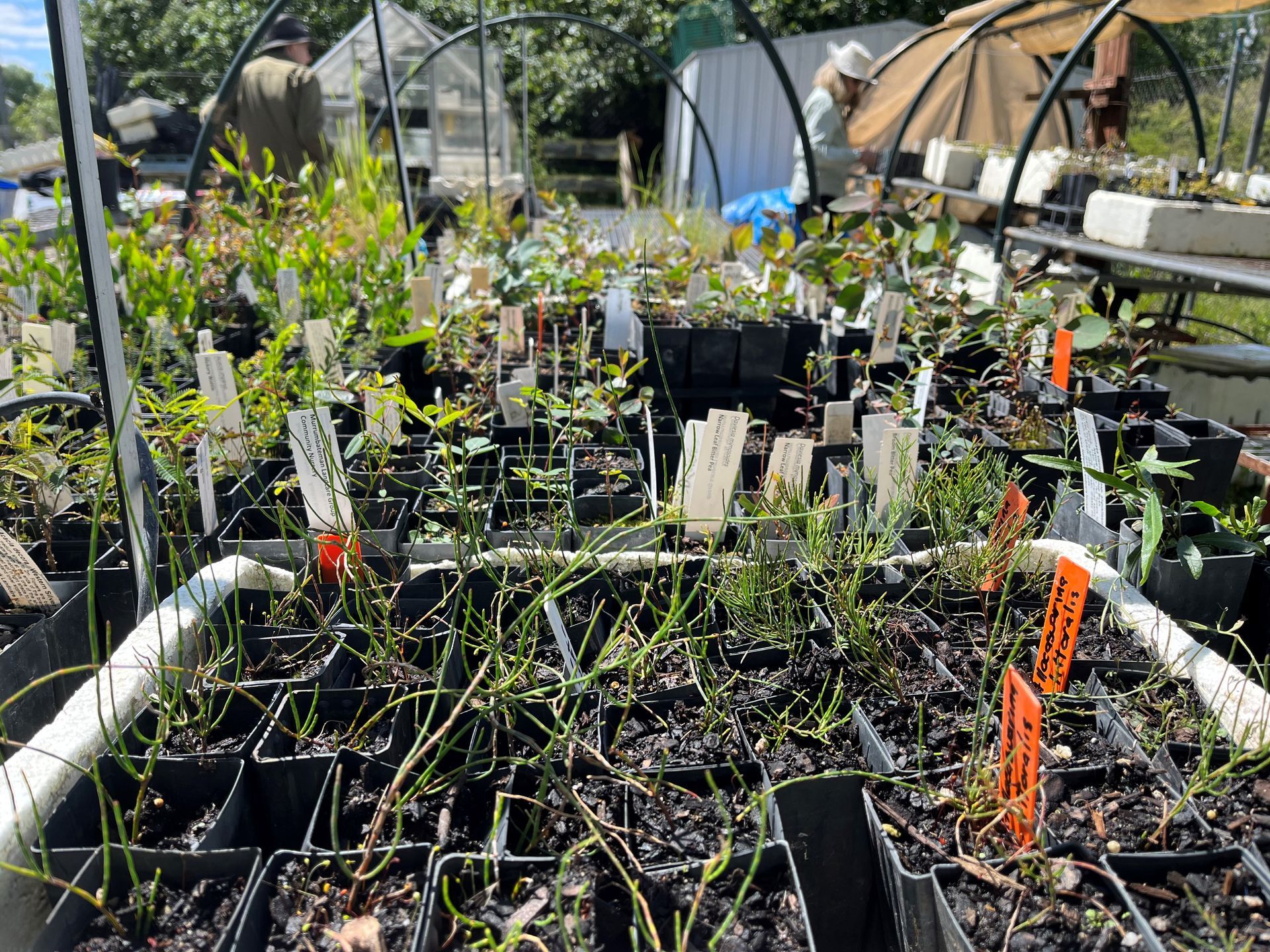
A selection of The Australian Farmer Sponsors - Click on a banner below to find out more...

